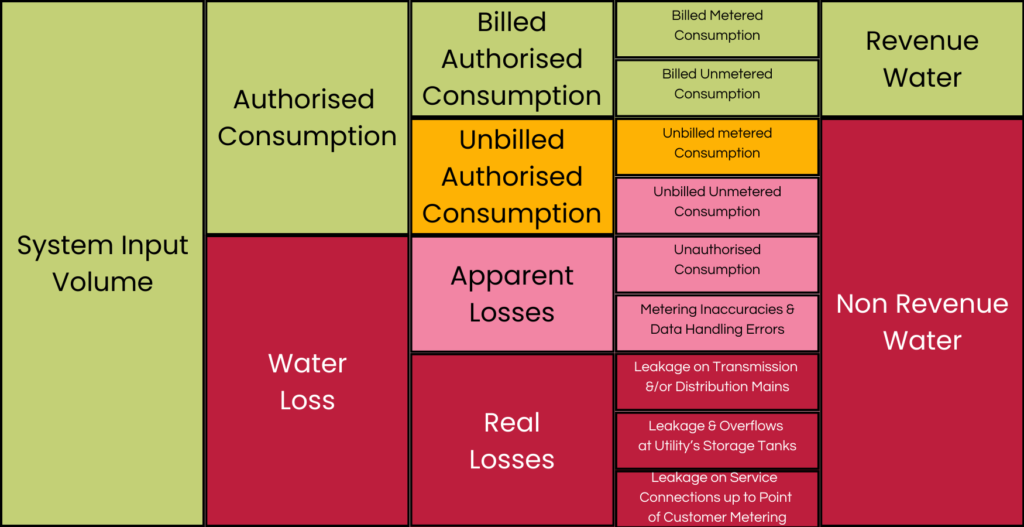Promoting Transparency and Efficiency in Measuring Non-Revenue Water
Promoting Transparency and Efficiency in Measuring Non-Revenue Water
International Water Association Water Balance
International Water Association Water Balance
Introduction
Efficient water management is crucial for sustainable development and the preservation of this finite resource. Non-revenue water, which encompasses water losses in the distribution system, poses significant challenges for water utilities worldwide. To address this issue, the International Water Association (IWA) has introduced the Water Balance Table—an internationally recognized framework that provides a standard approach to measuring and managing non-revenue water. This article aims to explain the Water Balance Table and emphasize the importance of having a standardised measurement approach for non-revenue water.
Understanding the Water Balance Table
The Water Balance Table is a comprehensive tool developed by the IWA that provides a framework for quantifying and analyzing water losses within the distribution system. It offers a standardised approach to assess non-revenue water by considering various components, including input water, authorized consumption, unbilled authorized consumption, and apparent losses (leakage, meter inaccuracies, and unauthorized consumption).
Components of the Water Balance Table

System Input Volume
System input represents the total volume of water entering the water supply system. It includes both treated water produced by the utility and any purchased water from external sources.
Authorised Consumption
Authorized consumption refers to the volume of water that is officially billed and consumed by customers. This component represents the revenue-generating portion of the water supply system.
Water Loss
Water Loss refers to the amount of water within the Non-Revenue Water that is not measured and accounted for.
Billed Authorised Consumption
Billed Authorised Consumption is all revenue that is attributable to usage whether it is a variable or fixed amount such as an allocation.
Unbilled Authorised Consumption
Unbilled Authorised Consumption is water used that are allowed by the Water Utility but the usage is not charged for. Examples in Australia and New Zealand are Fire services and public parks.
Apparent Losses
Apparent losses includes water that is used but not properly measured or accounted for in the billing process.
Real Losses
Real losses represents water that escapes from the system before reaching the customers.
Billed Metered Consumption
Billed Metered Consumption is the usage revenue as billed to the customer.
Billed Unmetered Consumption
Billed Unmetered Consumption is typically a fixed amount of usage that is charged to the customer. Examples might be that customers have an allocation of up to x number of kL per year.
Unbilled Metered Consumption
Unbilled Metered consumption is where a meter has been installed and the Water Utility reads the meter, but there is no usage revenue associated with that revenue. Typical example in Australia and New Zealand are when customers have leaks and are provided with a discount or rebate to fix the leak.
Unbilled Unmetered Consumption
Unbilled Unmetered consumption is where a Water Utility allows customers to use water without being charged and the water is not measured. Historically free public facilities such as parks often didn’t have meters installed, in most jurisdictions in Australia and New Zealand fire services are unmetered and consumption is allowed to test the fire service or in the event of a fire.
Unauthorised Consumption
Unauthorised consumption refers most commonly to theft or use of water under which the Water Utility did not intend.
Metering Inaccuracies and Data Handling Issues
Metering Inaccuracies and Data Handling Issues refers to a broad range of issues relating to meter aging, incorrect sizing and associated data for example with the meter installation, meter reading and billing.
Leakage on Transmission and/or Distribution Mains
Leakage on transmission and/or distribution mains refers to the volume of water lost due to leaks in the primary transmission and distribution pipelines. These mains are the larger pipes responsible for delivering water from the source (such as a treatment plant) to various distribution points in the network
Leakage and Overflows at Utility’s Storage Tanks
Leakage and overflows at utility’s storage tanks refer to the volume of water lost from storage tanks due to leaks or overflowing. Storage tanks play a vital role in storing and regulating water supply within a distribution system. However, leaks in the tanks or their associated infrastructure can result in water losses. Additionally, if the tanks exceed their capacity or are not properly managed, overflow events can occur, leading to water wastage.
Leakage on Service Connections up to Point of Customer Metering
Leakage on service connections up to the point of customer metering refers to the volume of water lost due to leaks occurring in the pipes connecting the distribution network to individual customer meters. These service connections are the pipes that deliver water from the distribution mains to the customers’ premises. Additionally, if the tanks exceed their capacity or are not properly managed, overflow events can occur, leading to water wastage.
Importance of Standardised Measurement
Comparison and Benchmarking
The Water Balance Table provides a consistent measurement framework, allowing water utilities to compare their performance with international benchmarks. By adopting a standardised approach, utilities can identify areas for improvement, set targets, and implement best practices to reduce non-revenue water.
Decision-Making and Investment
A standardised measurement approach enhances the accuracy and reliability of data, providing utilities with a solid foundation for decision-making and investment planning. Utilities can prioritize resources for infrastructure upgrades, leak detection, and metering accuracy improvements based on quantifiable data obtained through the Water Balance Table.
Transparency and Accountability
The Water Balance Table promotes transparency within the water sector, enabling utilities to report accurate and comparable data on non-revenue water. This transparency fosters accountability among stakeholders and facilitates informed discussions on water management practices and conservation efforts.
Knowledge Sharing and Collaboration
A standardised measurement approach encourages knowledge sharing and collaboration among water utilities globally. It allows utilities to learn from successful initiatives and exchange experiences, ultimately accelerating the implementation of effective strategies to reduce non-revenue water.
Conclusion
The Water Balance Table, developed by the International Water Association, provides a standardised measurement framework that is instrumental in managing and reducing non-revenue water. By utilizing this approach, water utilities can quantify and analyse water losses, identify areas for improvement, and benchmark their performance against international standards. Implementing a standardized approach not only enhances transparency and accountability but also fosters collaboration and knowledge sharing across the global water sector. Ultimately, the Water Balance Table plays a vital role in promoting efficient water management, resource conservation, and the sustainable development of our precious water resources.
